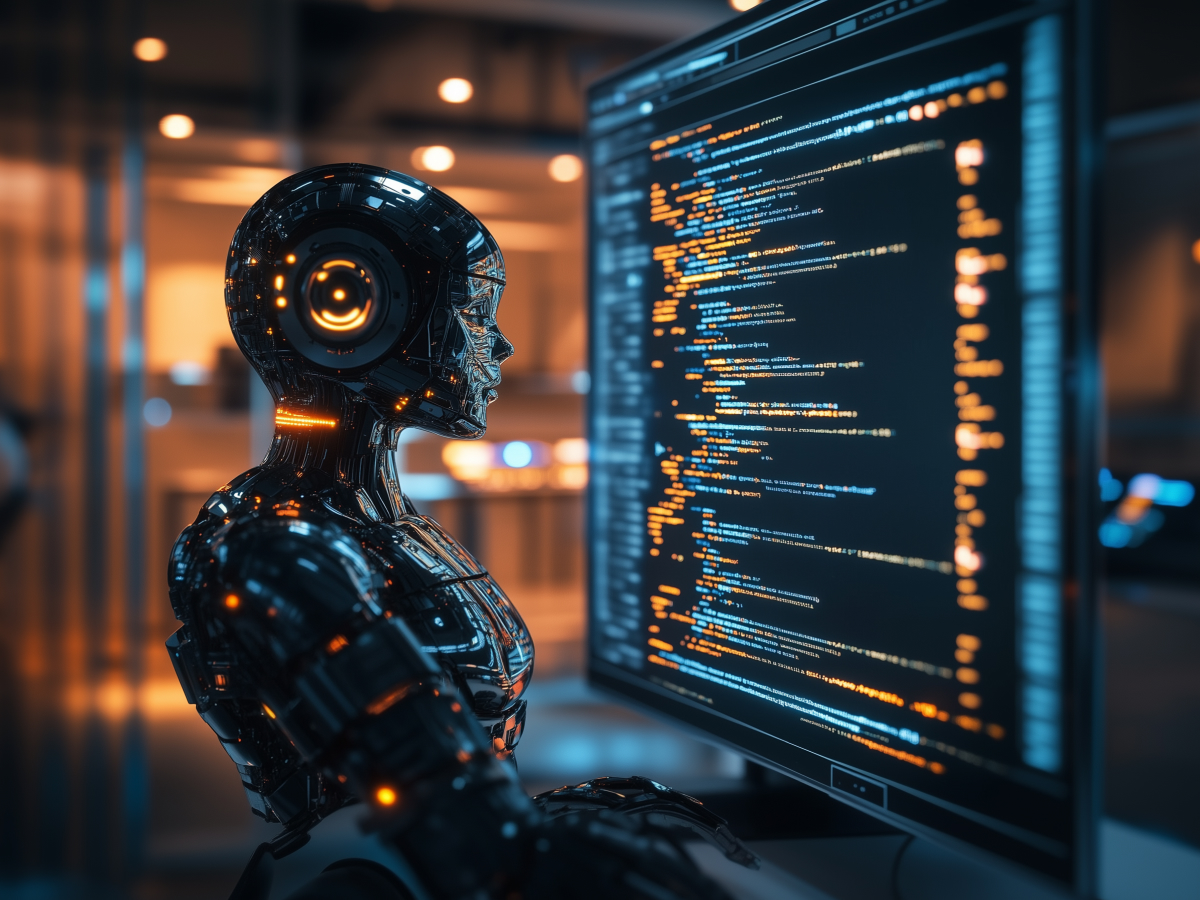AI is thinking, making decisions, and executing actions without constant human input. That changes everything. Businesses that don’t recognize this shift will struggle to compete. Engineers need to move beyond skepticism and start adapting, fast.
The biggest challenge is the people. AI adoption is held back by resistance to change, not by technical limitations. Organizations need to shift mindsets. Instead of fearing AI as a replacement for human intelligence, leaders should focus on integrating it as a force multiplier. That’s how real innovation happens.
The only AI metric that matters
Measuring AI success by raw usage numbers is a mistake. How many employees use AI tools, how often they interact with them, these are vanity metrics. The only metric that truly matters is time saved. If AI isn’t reducing friction and making processes faster, it’s not doing its job.
Tracking how often AI tools were used isn’t the right approach. The focus is now on measuring actual efficiency gains. For example, AI-generated GraphQL queries that used to take developers two and a half hours can now take just 30 minutes. That’s a 5x improvement in productivity. Numbers like that prove AI’s value in a way that’s impossible to ignore.
AI agent accuracy improves with clear goals and structured workflows
AI agents work best when they operate within well-defined structures. Historically, AI interactions were one-off queries, single prompts with single responses. That’s not enough anymore. AI needs memory, continuity, and an ability to execute multi-step processes without human micromanagement.
New frameworks like retrieval augmentation generation (RAG) and LangChain are making AI agents more capable of storing, recalling, and applying context.
For businesses, the takeaway is clear: AI works best when integrated into structured processes. Define clear goals, create reliable workflows, and let AI do the heavy lifting. Companies that fail to structure AI properly will struggle to see real benefits.
AI can now process images too
AI isn’t limited to text-based processing. It’s getting better at understanding and reasoning through visual data. This opens up massive opportunities, especially in fields that rely on complex data visualization.
AI agents have been trained to process and interpret images, particularly for database schema analysis. Instead of relying solely on text queries, AI can now analyze and navigate visual representations of databases more efficiently. Google’s latest research confirms this trend, multimodal AI models, which integrate visual and time-based data, are proving to be more effective at extracting insights.
AI agents need structured data to be truly useful
AI agents are only as good as the data they have access to. The problem? Most enterprise data is unstructured, siloed, and hard to retrieve. That’s why many AI deployments fail, they simply can’t access the right information when it matters.
Organizations are solving this by implementing knowledge graphs. These structured maps of an organization’s internal systems help AI agents to navigate and retrieve relevant data efficiently. The biggest limitation to generative AI’s effectiveness is how data is stored and accessed.
Executives need to prioritize data structure. AI is only as powerful as the information it can pull from. Companies that fail to organize and index their internal data will struggle to get real value from AI.
Specialized AI agents work better than one-size-fits-all solutions
The push for all-in-one AI solutions is misguided. AI works best when it’s designed for specific tasks. Businesses that try to use a single AI system for everything, from writing code to handling customer service, end up with mediocre results across the board.
Instead of building a general-purpose AI agent, organizations now focus on specialization. They use different AI models for different tasks: one for monitoring system performance, another for debugging, another for handling incident escalation.
Modular AI is the future. Instead of trying to force a single AI model to do everything, invest in multiple specialized systems that excel at their respective tasks. This brings efficiency, accuracy, and adaptability.
AI adoption works best when domain experts are involved
AI adoption means aligning AI with real-world business needs. That requires deep collaboration with domain experts. AI engineers can build great models, but if those models don’t reflect actual operational challenges, they’re useless.
Subject matter experts must be integrated into the AI development process. Engineers work directly with those designing and maintaining key tools, making sure AI solutions meet real-world demands.
For C-suite executives, this means prioritizing cross-functional collaboration. AI initiatives need input from product managers, operations leaders, and front-line employees. The more closely AI is tied to real business needs, the more value it will generate.
AI must be rigorously validated and tested
AI makes mistakes. That’s a fact. And without rigorous validation, those mistakes can become costly. The biggest lesson to be learned? AI outputs should never be blindly trusted, everything needs to be tested, validated, and monitored continuously.
AI hallucinations and inaccuracies are a real issue. Now, organizations must prioritize automated testing, continuous quality assessment, and strict validation procedures. Implementing these measures from the start means organizations can avoid wasted time and resources.
AI oversight isn’t optional. Companies must build robust validation systems from day one. That means automated checks, human reviews, and continuous improvements. AI without validation is a liability, not an asset.
AI in DevOps is just getting started
Right now, AI adoption in DevOps is still in its early stages. Junior engineers are leading the way, but senior engineers remain hesitant. That will change fast. AI-driven automation is too powerful to ignore, and as its benefits become more apparent, resistance will fade.
Many organizations expect rapid adoption in the coming years. As AI agents continue proving their ability to reduce workload and increase efficiency, even skeptical engineers will start embracing them. The companies that move early will gain a major advantage, while those that delay risk falling behind.
“Organizations that embrace AI now will set the standard for the next generation of software development. Waiting isn’t an option.”
Final thoughts
AI is already reshaping how work gets done. The companies moving fast on AI integration are the ones setting the pace, while those stuck in hesitation mode are already falling behind.
The shift from AI as an assistant to AI as a decision-maker is happening now. The biggest challenge is mindset. Teams that embrace AI-driven efficiency will operate on a different level, cutting time-consuming tasks and making faster, more informed decisions. But none of this works without structured workflows, clean data, and validation. AI is powerful, but it’s not magic. It needs the right foundation to deliver real value.
Adoption may be slow at the top, but it won’t stay that way. AI will become standard in DevOps, engineering, and beyond. The question is when. The companies that figure this out first will dominate. The rest will scramble to catch up.





